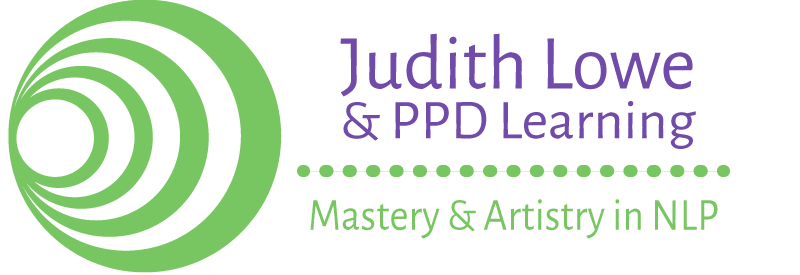The links between Creativity and Psychotherapy
Jonathan was asked to submit an article for the website Welldoing.org on the link between Creativity and Psychotherapy..
Here is the blog in full:
Creativity and Therapy: 2 sides of the same coin.
I’m a hypnotherapist, psychotherapist and trainer and I work with a number of clients on their creativity. I entered the world of therapy via doing a course on NLP, which is the study of how people structure their reality.
In one of the early NLP books “Frog’s into Princes”, the founders of NLP talk about an approach to personal development as: “a way to look at change which we call the generative or enrichment approach…. What new capacities or abilities could I invent for myself?”
I was inspired to utilise this idea to not only help people therapeutically but to use these same tools to help people with their goals, aspirations and dreams. Previous to working as a therapist I had worked within the creative industry and I had always been fascinated with the creative process. Since then I been exploring how creativity ‘works’ and how to help my clients be more creative in all aspects of their life. In the years that I have been doing this I have worked with all sorts of people, from artists to accountants, musicians to business leaders. What I have learnt is that we all have the potential to tap into the creative parts of ourselves, and that creativity exists in all of us, and each person’s creative process is unique to them. I have also realised that the process of creativity can be taught and we are all capable of expanded our understanding of what it is to be creative.
Some time after reading ‘Frogs into Princes’ I started working with a Psychologist and a student of the legendary hypnotherapist Milton Erickson, called Stephen Gilligan. I remember him describing the creative process as coming from ‘a conversation between our conscious and unconscious minds’, which deeply resonated with my work modelling creativity in my clients.
The more I looked into creativity and the more I understood therapy, I came to the conclusion that the therapeutic process was in and of itself a process of exploring creativity. Louis Conzolino in his book ‘The Neuroscience of Psychotherapy;’ defines the goal of psychotherapy as bringing into ‘conscious awareness our somatic, non-verbal, unconscious parts of ourselves.’ This is essentially the same process that Stephen Gilligan was discussing when talking about creativity as being a conversation between our conscious and unconscious minds.
Both therapy and Creativity have the other commonality that they both exist within relationships. Whether it is the relationship between the client and the therapist or an artist and their easel, both only exist as something that is neither fully within one or the other, more that they exist somewhere as the space between the both. This mirrors the idea that creativity and therapy are both conversations, existing intra and inter-personally at the same time.
As much as my therapeutic tools and understanding has influenced the work I do with creativity, so has my work with creativity influenced the approach I take to therapy. Clients will often present with ‘symptoms’ such as stress, anxiety or depression. For me I believe that the solution to the client’s problems exist with the client themselves, and my work is to provide a space for these dual conversations to play out and to hold the belief in the client’s potential for creative change. My role is to help facilitate these conversations.
For more information on Jonathan and his work please email: Jonathan@judithlowe.com
